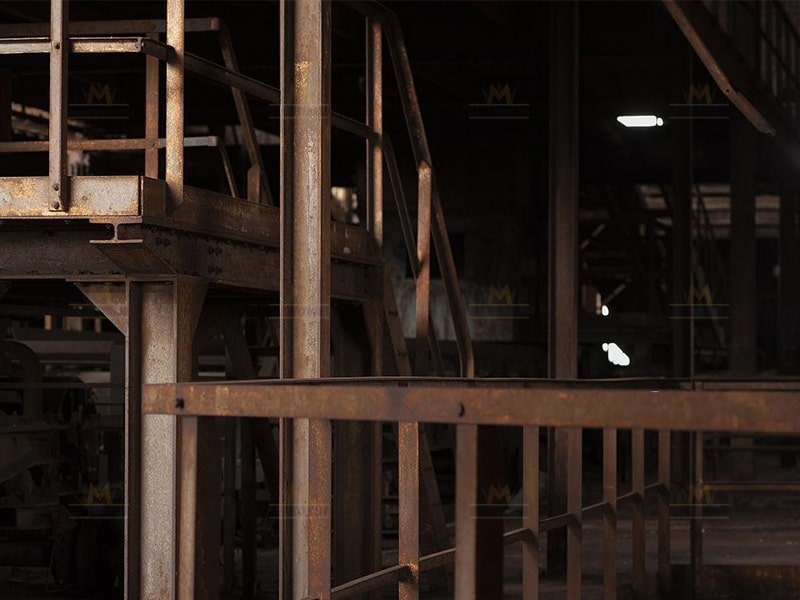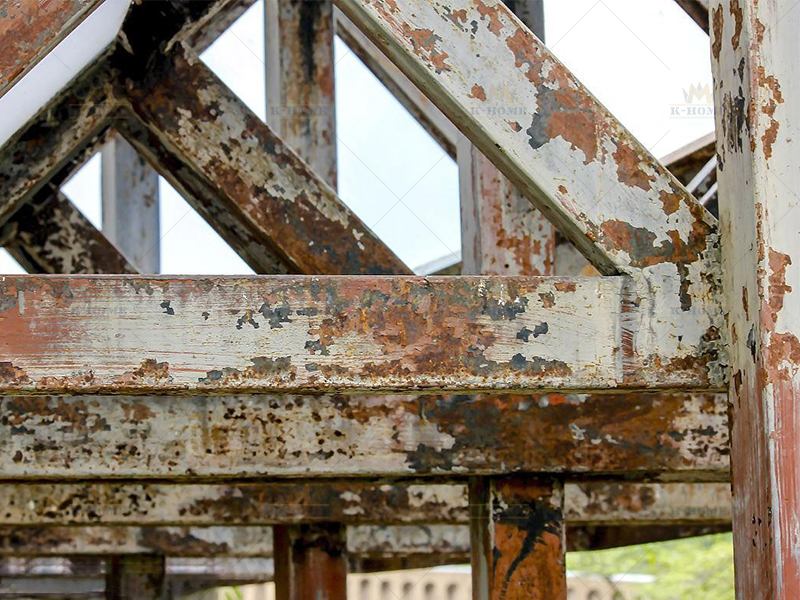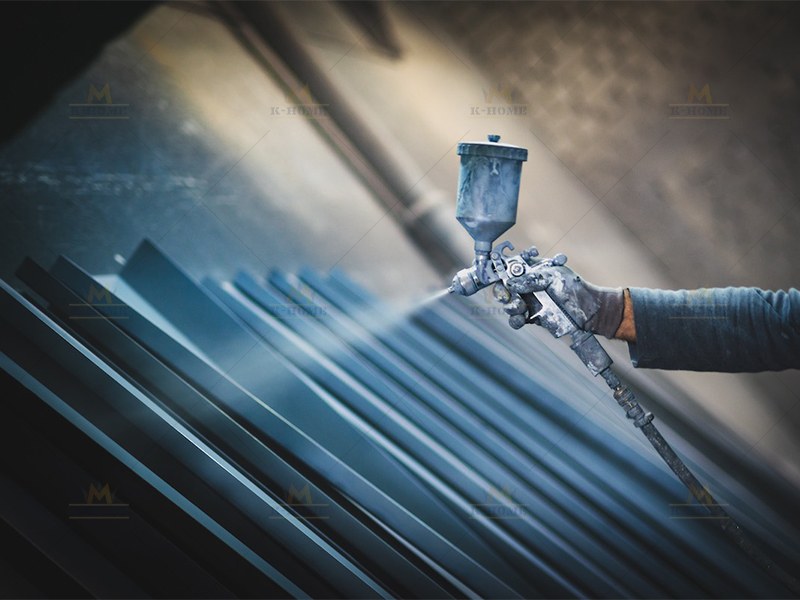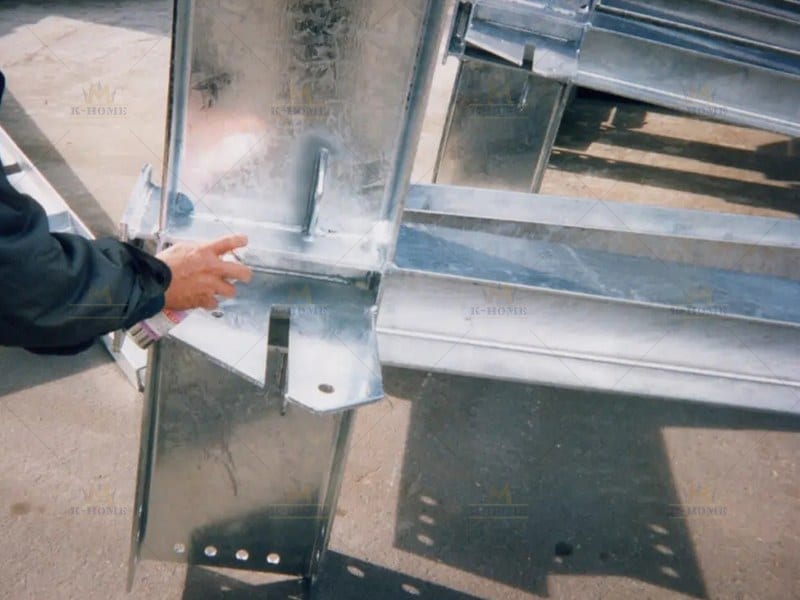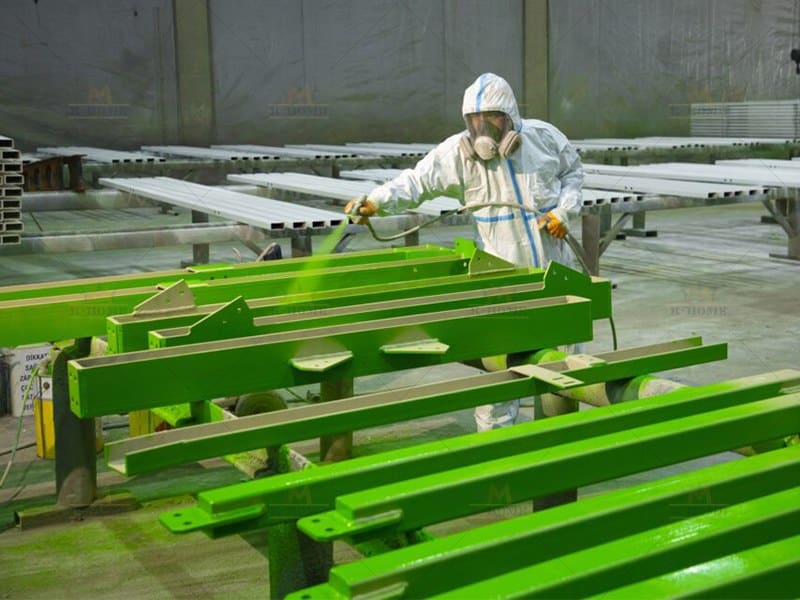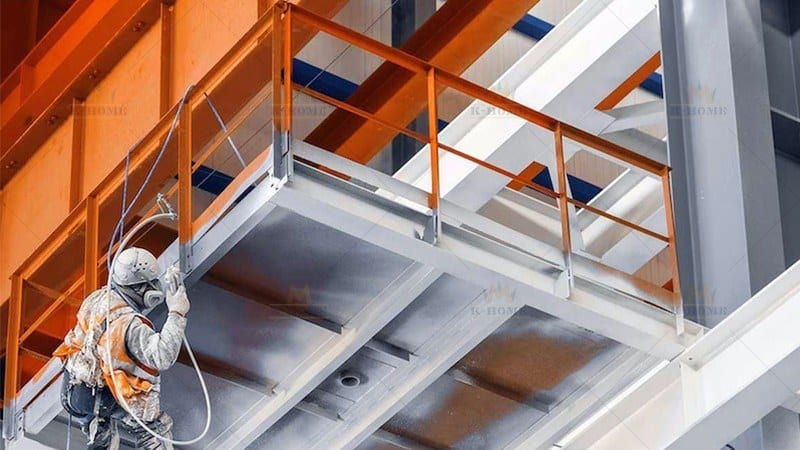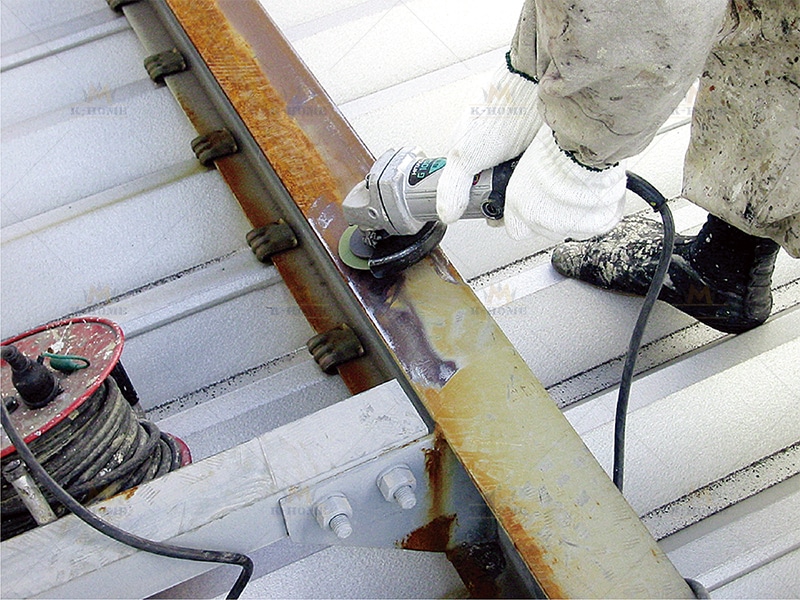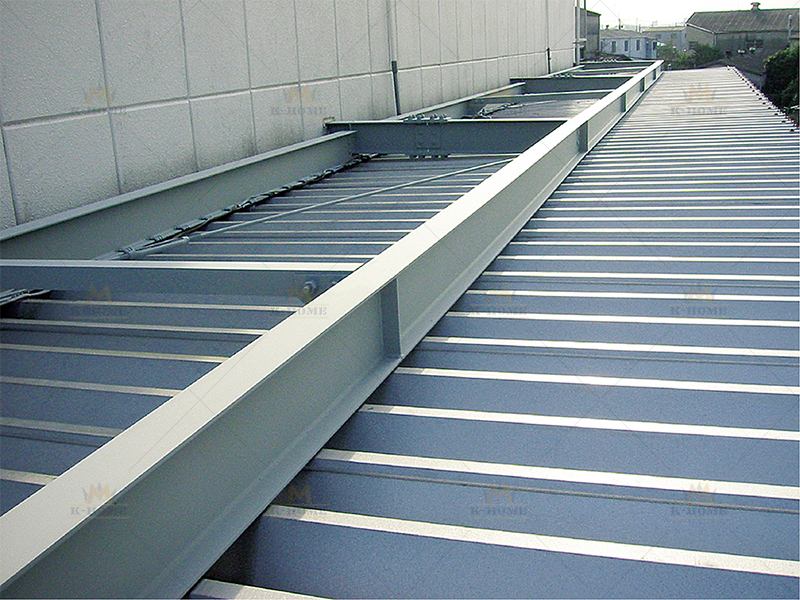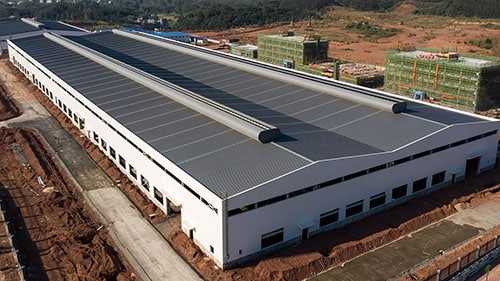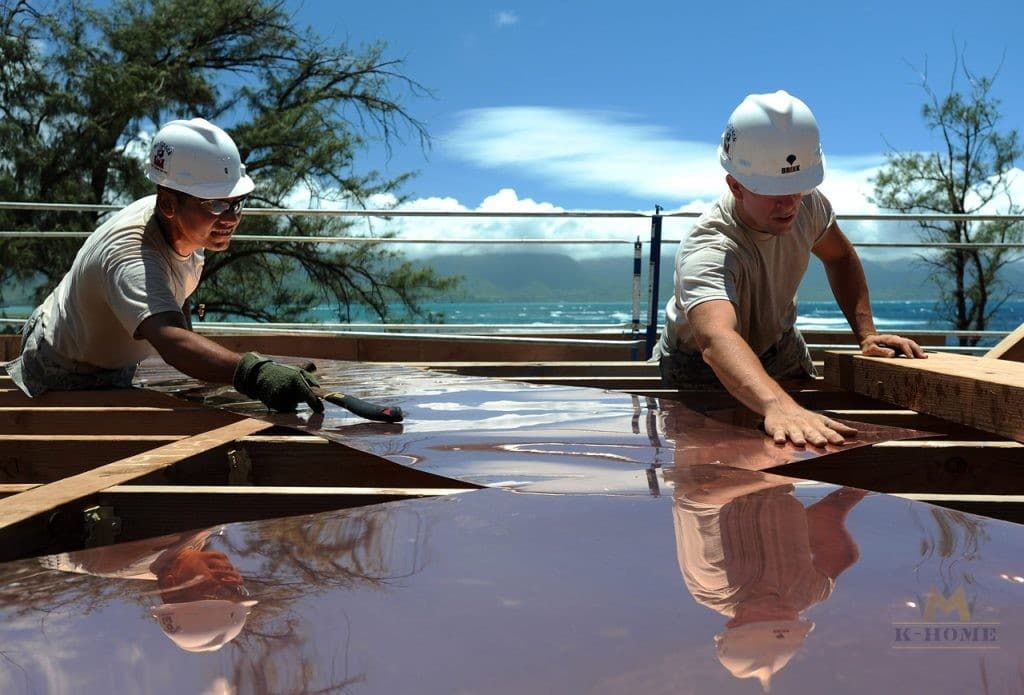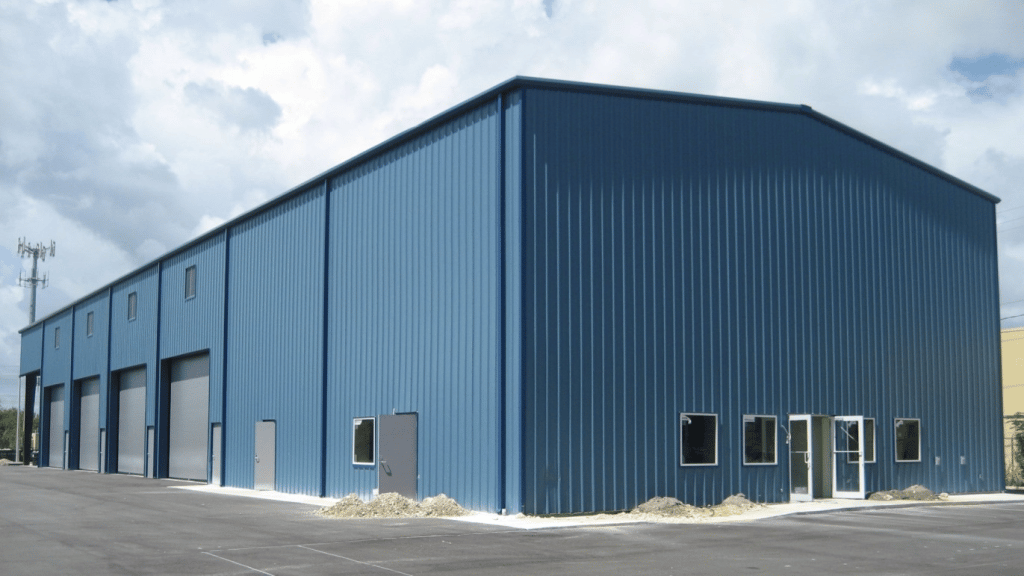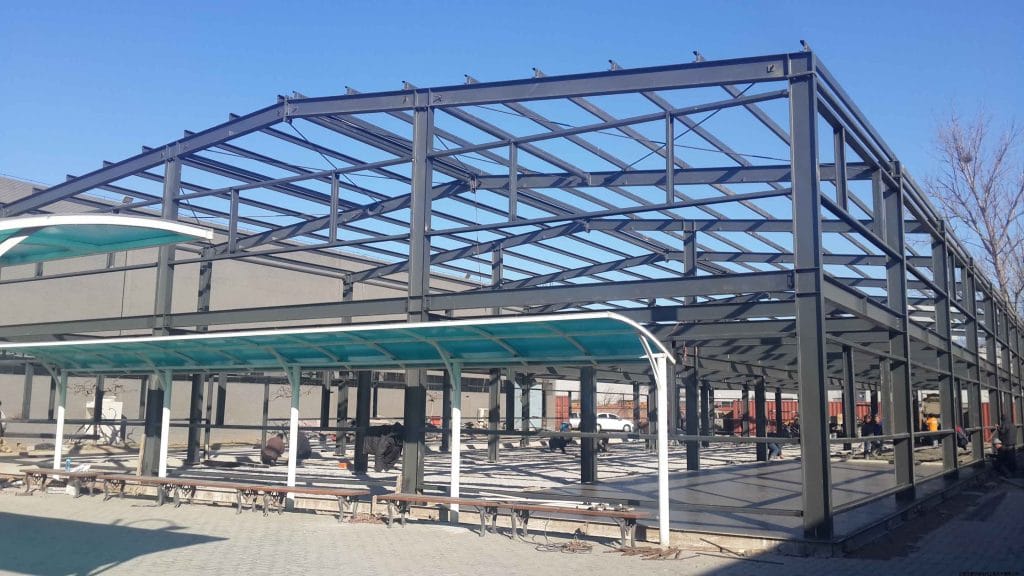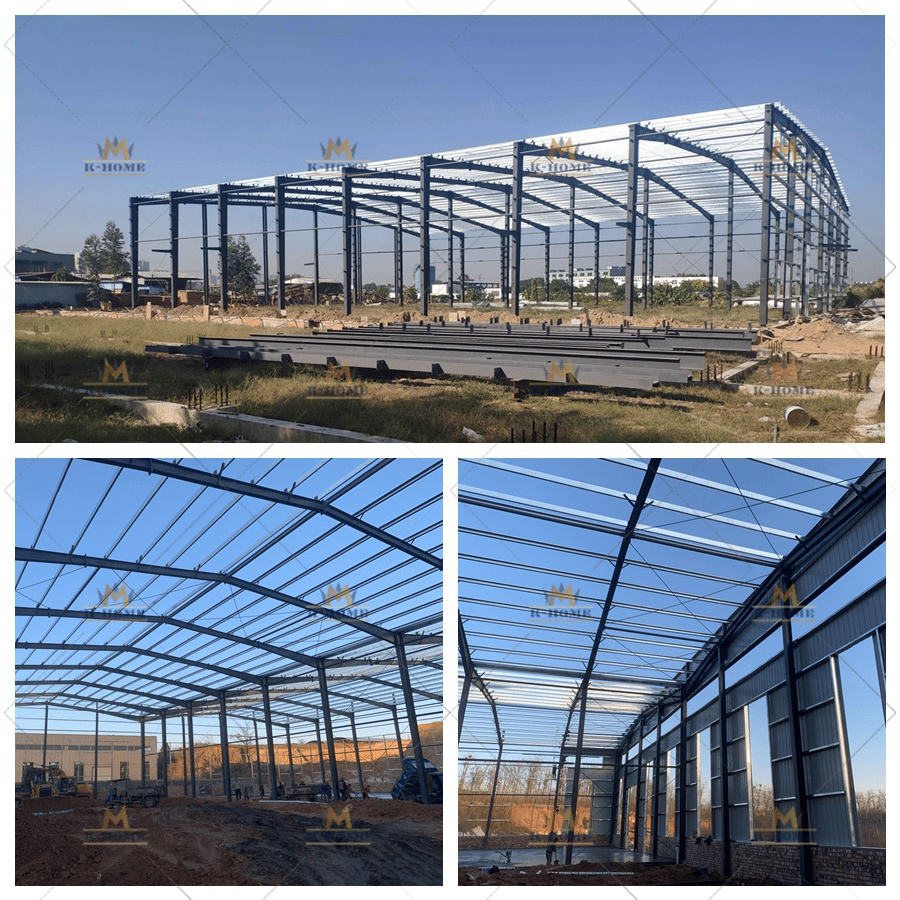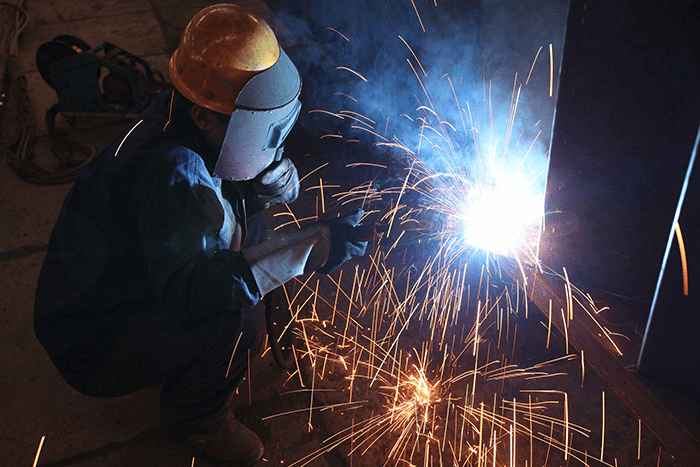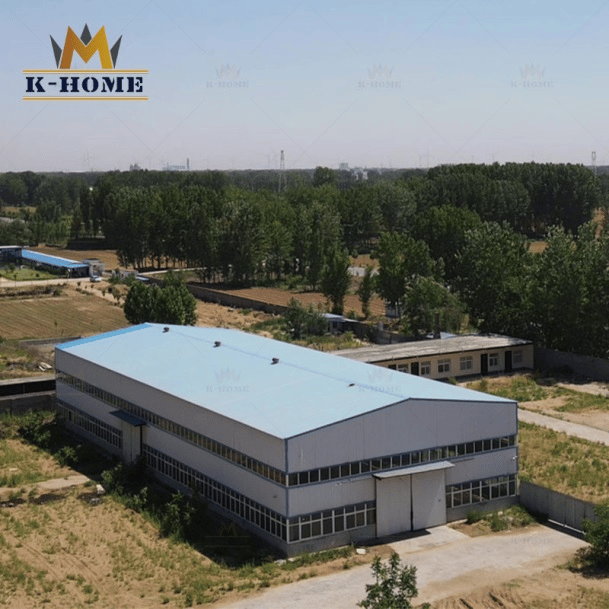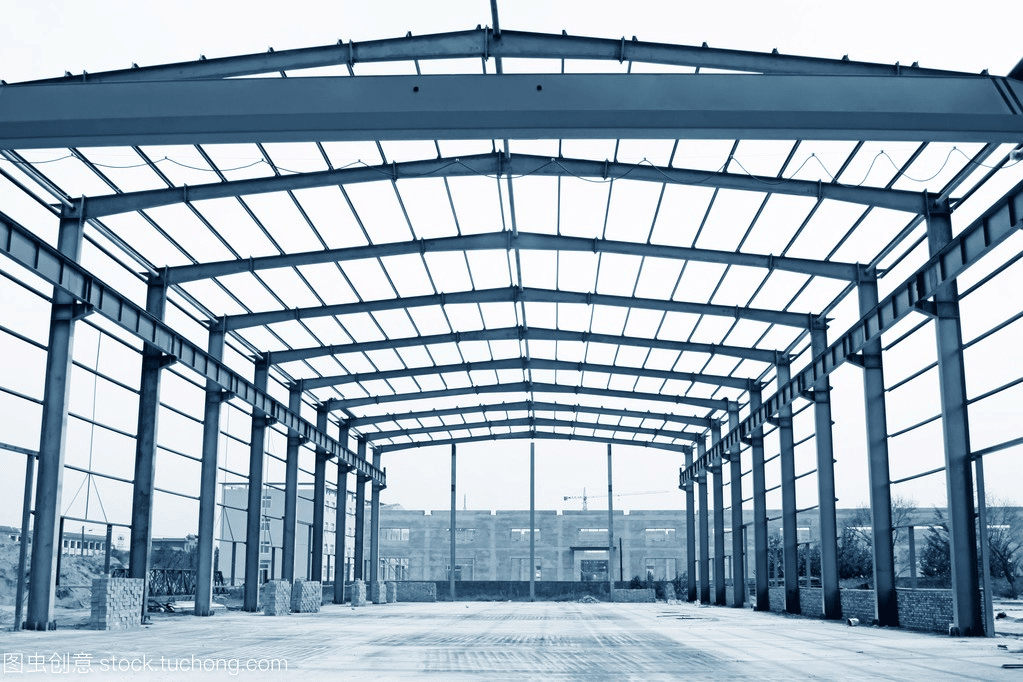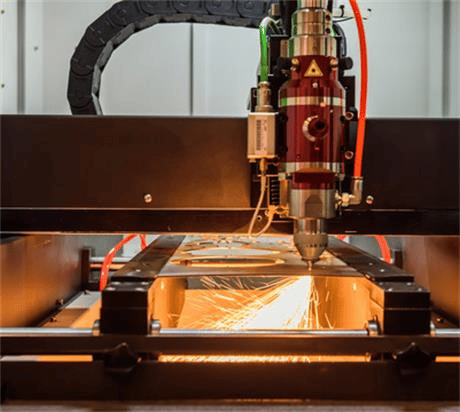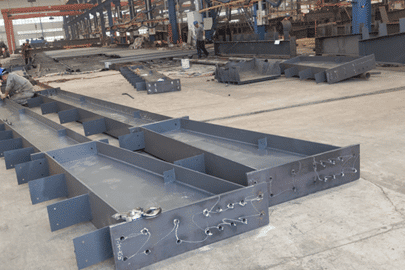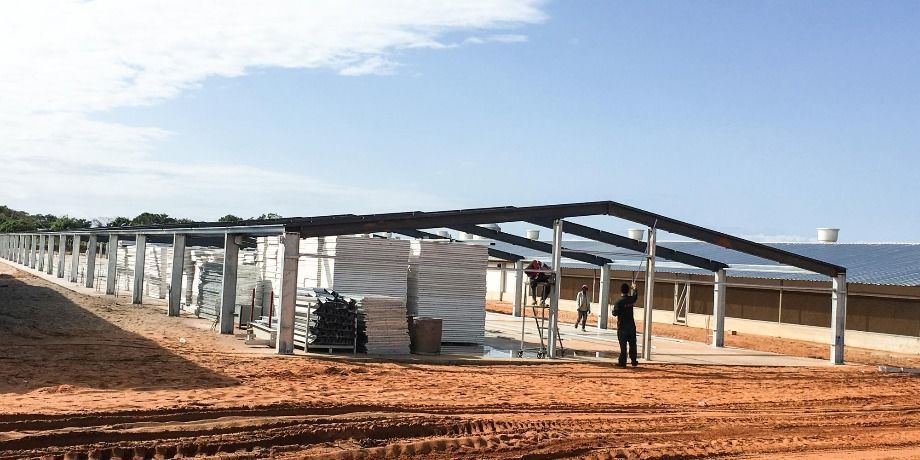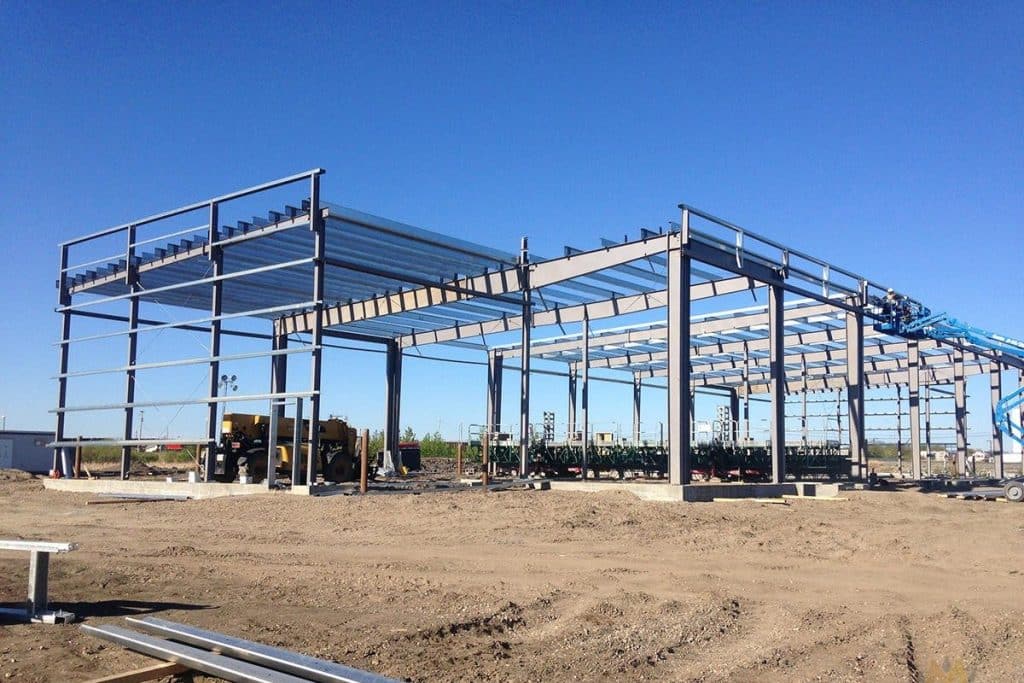PEB Steel structure buildings serve as the fundamental support of modern industrial warehouses and workshop buildings. Their high strength ensures long-term, stable operation of plants and facilities. However, climate conditions differ significantly across countries and regions. Some factories are located in humid environments, near the seaside, or in areas with year-round rain. Others are surrounded by industrial exhaust fumes daily. These environmental factors gradually lead to corrosion in the steel structures.
Over time, corrosion not only leaves ugly rust stains on steel-framed buildings—it also reduces the strength of the steel itself, shortening the service life of these industrial assets.
How can steel building kits avoid environmental wear and tear to maintain long-term stability?
Structural steel is the core load-bearing component of bridges, workshops, and storage facilities, and its industrial service life should not be easily “shortened” by corrosion. But in reality, the annual maintenance costs, asset depreciation, and even safety hazards resulting from corrosion worldwide have become a “hidden burden” for engineering parties and asset owners.
In fact, when dealing with these corrosion threats, it’s hard to overlook that professional steel structure painting—a processing technique—is the most crucial protective step. It’s by no means just a simple paint job done for aesthetic purposes; instead, it’s a targeted rust prevention solution. This simple yet effective spraying process not only keeps steel structures stable at all times and avoids high maintenance costs later on but also genuinely extends the service life of industrial assets.
Help you understand clearly what exactly the Steel Structure Painting Process is?
Simply put, steel structure painting is a process that uses professional spraying equipment to make paint or metal powder uniformly adhere to the surface of steel and finally form a tight protective film.
This protective film can directly isolate the steel from erosion by the external environment, thus effectively preventing the steel from rusting. At the same time, it can also reduce wear and tear on the steel caused by friction during use, fundamentally helping to extend the actual service life of the steel.
In many fields, such as steel structure construction, machinery manufacturing, and construction engineering, steel structure painting is not only a key core technology for surface treatment, but also an important method to deal with the natural wear and tear of steel, such as common issues like rust and corrosion in daily use. And this process plays an irreplaceable role in maintaining the performance of steel and reducing maintenance costs.
Different Types of Steel Coating Methods for Steel Structure Painting and Application Guide
Wet Spraying: A Traditional Form of Spray Painting Structural Steel
Wet Spraying is a type of Steel Structure Painting, and also a widely used method of Spray Painting Structural Steel at present. Specifically, it refers to the process where workers spray paint directly onto the steel surface when the surface is still in a wet state. This method can form a continuous coating, which seals the steel surface to isolate moisture and oxygen, thereby playing a role in preventing rust and other types of corrosion.
However, it should be noted that since the paint is applied when the surface is wet, repeated spraying is often required to form a smooth, uniform, and aesthetically pleasing coating. The main reason for doing this is to ensure that the coating thickness meets the required standard, which can not only provide reliable protection but also avoid gaps or uneven thickness of the paint film. Wet Spraying is usually the preferred process for projects such as decorative steel structure components, as it can take into account both appearance and corrosion prevention, and is well in line with the actual needs of Steel Structure Painting.
Powder Spraying: A Durable Solution for Steel Structure Painting
Powder Spraying is another important method in Steel Structure Painting and also falls within the scope of Spray Painting Structural Steel. Its process involves two key steps: firstly, charging the powder coating with static electricity, and secondly, using compressed air to spray the charged powder onto the surface of the steel. Static electricity causes the powder to adhere firmly to the metal surface; after that, it is typically processed through a heating and curing process, during which the powder melts and forms a strong, wear-resistant bonding layer with the steel.
This type of coating has outstanding durability and properties. It can withstand frequent friction and also adapt to harsh industrial environments, so it is often used in such industrial scenarios as machinery manufacturing and heavy steel structures. Compared with liquid paint, powder coating produces less waste; therefore, in the applications of Steel Structure Painting and Spray Painting Structural Steel, it is also a more environmentally friendly choice.
Galvanizing: A Popular Anti-Corrosion Method for Steel Structure Painting
Galvanization is one of the most widely used methods in steel structure painting, and it is particularly suitable for projects where long-term rust prevention is the top requirement. Moreover, in terms of protective function, it can also complement Spray Painting Structural Steel. The galvanization process involves directly applying a layer of zinc or aluminum to the steel surface through an electrochemical reaction. These metals form a special protective layer on the steel surface; this layer of metal corrodes before the underlying steel, and in this way, the steel itself can be effectively protected from corrosion and damage.
The galvanization process is widely recognized by the public due to its simple operation, high cost-effectiveness, and long service life. Even in harsh environments like coastal areas where corrosion tends to accelerate, it can still protect steel structures for at least several decades. As a classic treatment process in steel structure painting, it is often used in infrastructure projects such as bridges, transmission towers, and steel frames of industrial warehouses; sometimes, it is also used in combination with Spray Painting Structural Steel to further enhance the overall protective effect.
Steel Structure Painting for Workshops: Core Anti-Corrosion Requirements That Determine Protection Effect
After completing anti-corrosion painting for steel components (a key part of steel structure painting), it is necessary to first set up a temporary enclosure and isolation to prevent accidental stepping by personnel or damage to the coating caused by collision with foreign objects.
Additionally, within 4 hours after painting, if there is strong wind or rain, it is essential to timely cover the painted steel structures for protection, to prevent dust from adhering to the coating or moisture from seeping in, which would affect the adhesion effect between the coating and the steel. If the painted steel components need to be transported, workers must pay attention to handling them with care during loading and unloading, avoiding coating damage caused by collision or dragging.
Besides, the painted steel components should not come into contact with acidic liquids to prevent secondary corrosion of the coating—this is a crucial detail in steel structure anti-corrosion painting. During the anti-corrosion painting operation (a core process of steel structure painting), the ambient temperature should be controlled between 15℃ and 38℃; once the temperature exceeds 40℃, the operation must be stopped immediately. This is because when painting the steel surface at such a high temperature, bubbles are likely to form, which will reduce the adhesion of the paint film. Similarly, anti-corrosion painting cannot be carried out if the air humidity exceeds 85% or there is condensation on the component surface.
Furthermore, during the fabrication of steel components for steel structure workshop construction, for details such as hidden parts and structural interlayers that are difficult to derust later, derusting and anti-corrosion painting must be completed in advance to avoid leaving hidden dangers of rust—this is an important pre-work for subsequent Steel Structure Painting-related operations.
related Articles
Need Help?
Please let me know your requirements, such as project location, usage, L*W*H, and additional options. Or we can make a quote based on your drawings.
About Author: K-HOME
K-home Steel Structure Co., Ltd covers an area of 120,000 square meters. We are engaged in the design, project budget, fabrication, and installation of PEB steel structures and sandwich panels with second-grade general contracting qualifications. Our products cover light steel structures, PEB buildings, low-cost prefab houses, container houses, C/Z steel, various models of color steel plate, PU sandwich panels, eps sandwich panels, rock wool sandwich panels, cold room panels, purification plates, and other construction materials.

